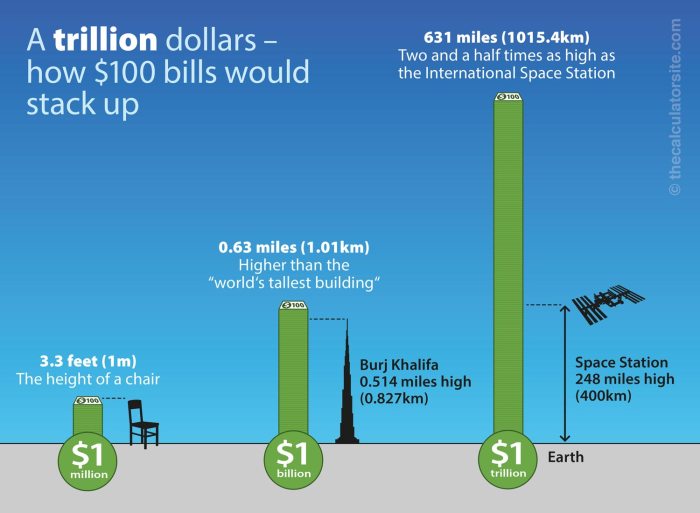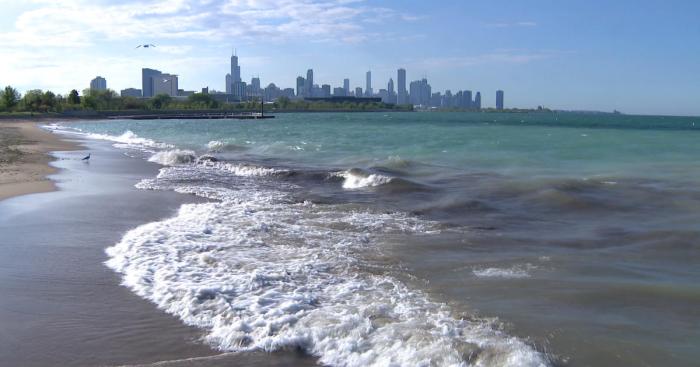About how much water disappears from earth each year brainpop – Delving into the topic of “About How Much Water Disappears from Earth Each Year,” this article delves into the intricate dynamics of the water cycle, highlighting the significance of evaporation and precipitation, the role of groundwater and aquifers, the importance of water conservation and management, and the detrimental effects of water pollution and contamination.
The intricate interplay between evaporation and precipitation drives the water cycle, shaping water availability on Earth. Groundwater and aquifers serve as vital reservoirs, replenishing water sources and maintaining water levels. Human activities, however, can disrupt these delicate balances, leading to groundwater depletion and water scarcity.
Evaporation and Precipitation

Evaporation is the process by which water changes from a liquid to a gas. It occurs when water molecules absorb energy from their surroundings and become more energetic, breaking away from the liquid and entering the atmosphere. Precipitation is the process by which water falls from the atmosphere to the Earth’s surface.
It occurs when water vapor in the atmosphere condenses into clouds and eventually falls as rain, snow, sleet, or hail.
Evaporation and precipitation are two key components of the water cycle. Evaporation removes water from the Earth’s surface and transfers it to the atmosphere, while precipitation returns water to the Earth’s surface. This cycle is essential for maintaining the Earth’s water supply and for regulating the Earth’s climate.
Examples of Evaporation and Precipitation, About how much water disappears from earth each year brainpop
- Evaporation occurs when water evaporates from the ocean, lakes, and rivers.
- Evaporation also occurs when water evaporates from the leaves of plants.
- Precipitation occurs when water vapor in the atmosphere condenses into clouds.
- Precipitation also occurs when clouds release water as rain, snow, sleet, or hail.
Groundwater and Aquifers

Groundwater is water that is stored beneath the Earth’s surface in aquifers. Aquifers are underground layers of rock or soil that are saturated with water. Groundwater is a valuable resource that provides drinking water for many people around the world.
It also plays an important role in maintaining the flow of rivers and streams.
Groundwater is replenished by precipitation that seeps into the ground. It can also be replenished by water from rivers and lakes that seeps into the ground. Groundwater flows slowly through aquifers and can take many years to reach the surface.
Impact of Human Activities on Groundwater Levels
- Human activities can impact groundwater levels in a number of ways.
- Pumping groundwater for drinking water, irrigation, and other purposes can lower groundwater levels.
- Pollution can contaminate groundwater and make it unsafe to drink.
- Climate change can also impact groundwater levels by altering precipitation patterns.
Water Conservation and Management
Water conservation is the practice of using water efficiently and reducing water waste. Water management is the process of planning and implementing strategies to ensure that water is available for human needs and the environment.
There are a number of ways to conserve water. Some simple ways to conserve water include:
- Taking shorter showers.
- Fixing leaky faucets.
- Watering lawns less frequently.
- Using water-efficient appliances.
Water management is a complex process that involves a number of different stakeholders. These stakeholders include governments, water utilities, businesses, and individuals.
Water Pollution and Contamination

Water pollution is the contamination of water by harmful substances. Water pollution can occur from a variety of sources, including industrial activities, agricultural activities, and sewage discharge.
Water pollution can have a number of negative impacts on human health and the environment. Water pollution can cause waterborne diseases, such as cholera and typhoid fever. It can also harm aquatic life and damage ecosystems.
There are a number of ways to prevent water pollution. These include:
- Treating wastewater before it is discharged into the environment.
- Reducing the use of pesticides and fertilizers.
- Properly disposing of hazardous waste.
Question Bank: About How Much Water Disappears From Earth Each Year Brainpop
What is the primary process responsible for water loss from Earth?
Evaporation, the transformation of liquid water into water vapor, is the primary driver of water loss from Earth.
How do human activities contribute to water loss?
Deforestation, urbanization, and industrial processes can alter the water cycle, leading to increased evaporation and reduced precipitation.
What are the consequences of groundwater depletion?
Groundwater depletion can cause land subsidence, saltwater intrusion into freshwater aquifers, and reduced water availability for ecosystems and human populations.